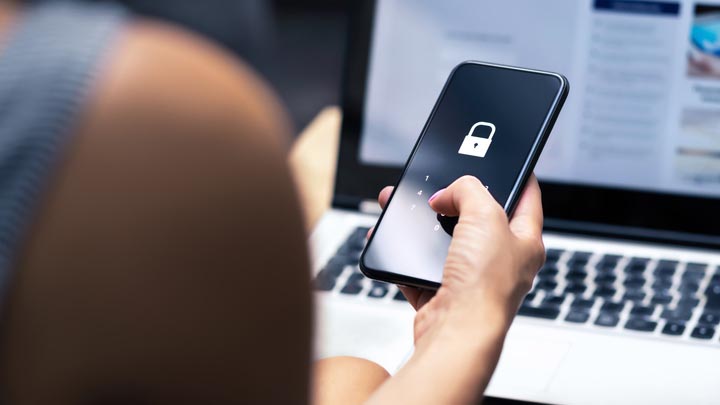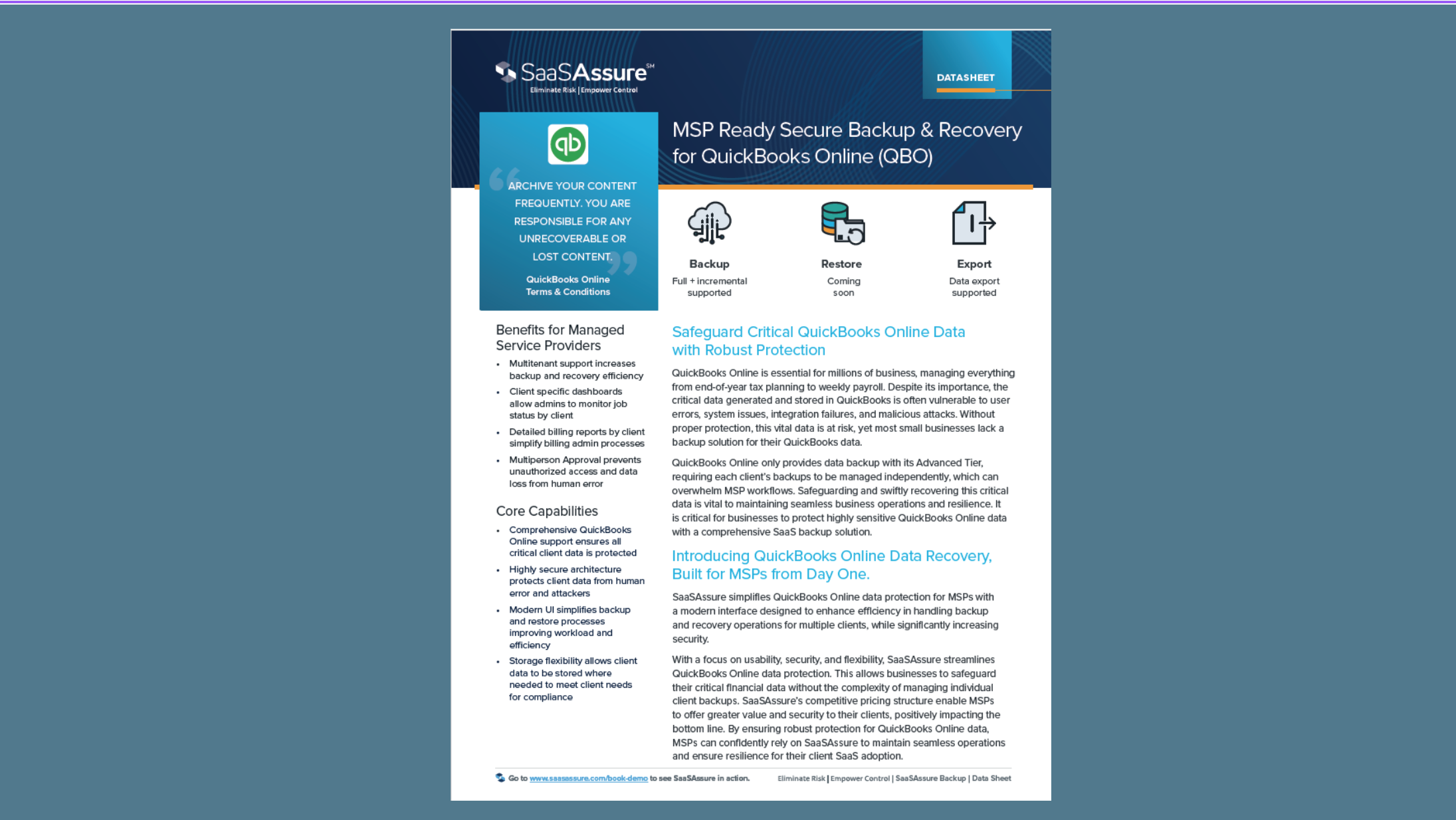Updated Mobile Device Security Statistics: February 6, 2025
Global Phone Theft
- Global Theft Rate: Despite anti-theft measures, the theft rate for mobile devices (cell phones, laptops, tablets, etc.) remains steady at 1% of active mobile subscribers. With the increasing number of subscribers, the absolute number of thefts correspondingly grows.
Regional Surges in Mobile Device Theft
- London, UK: Phone theft incidents have risen by 150% over the past year, with approximately 200 smartphones being stolen daily.
- San Francisco, CA: Approximately 50% of robberies involve smartphone thefts.
- New York City, NY: The New York Police Department reports that up to 75% of robberies involve smartphones.
- Hoboken, NJ: In 2024, Hoboken experienced over two dozen reports of cell phone thefts, particularly in bars and restaurants.
Cost of Data Breaches
- Global Average Cost: In 2024, the global average cost of a data breach reached $4.88 million, marking a 10% increase from the previous year.
- United States: The average cost of a data breach in the United States was $9.36 million in 2024, on par with the $9.48 million figure from 2023.
- Healthcare Sector Impact: The healthcare industry continues to experience the highest average data breach costs, with an average of $9.77 million per incident in 2024.
Mobile Device Security: Best Practices for MSPs
Securing Access & Data Protection
- Multi-Factor Authentication (MFA): Require MFA for accessing devices and sensitive applications to add an extra layer of security.
- Implement Mobile Device Management (MDM): Utilize MDM solutions to monitor, manage, and secure employees’ mobile devices across the organization.
- Regularly Update Devices and Applications: Ensure all mobile devices and their applications are kept up-to-date with the latest security patches to protect against vulnerabilities.
- Enforce Strong Password Policies: Mandate the use of complex passwords and consider implementing biometric authentication methods for enhanced security.
- Encrypt Sensitive Data: Implement encryption for data at rest and in transit to protect sensitive information from unauthorized access.
Reducing Attack Surfaces and Strengthening Network Security
- Disable Unnecessary Services: Turn off unused features such as Bluetooth, NFC, and location services to minimize potential attack vectors.
- Provide Secure Wi-Fi Alternatives: Offer virtual private networks (VPNs) or mobile hotspots to prevent employees from using unsecured public Wi-Fi networks.
- Implement Remote Lock and Wipe Capabilities: Ensure the ability to remotely lock and erase data from lost or stolen devices to prevent unauthorized access.
- Conduct Regular Security Training: Educate employees on mobile security best practices, including recognizing phishing attempts and the importance of reporting lost devices promptly.
- Monitor and Manage Application Permissions: Regularly review and control app permissions to prevent unauthorized access to sensitive data.
Physical Security and Theft Prevention
- Be Aware of Your Surroundings: Stay vigilant in public spaces, avoiding phone use in areas where theft is common.
- Use Hands-Free Accessories: Utilize hands-free devices to keep your phone concealed during use, reducing visibility to potential thieves.
- Avoid Leaving Devices Unattended: Never leave your phone unattended in public places, such as on restaurant tables or in shopping carts.
Mobile Device Security: The Real Cost of a Stolen Laptop
A 2012 Mobile Device Security study released from Kensington reveals the costs associated with the loss or theft of mobile devices, including laptops, tablets, and smartphones. The data shows that the cost of the loss is far greater than the cost of the device itself, thanks to lost productivity, the loss of intellectual property, data breaches, and legal fees. With the loss of a single laptop, including downtime, support, and management time, the average loss exceeds $49,000. For SMBs, this kind of loss could spell disaster.
Shocking Statistics from Kensington
- One laptop is stolen every 53 seconds.
- 70 million smartphones are lost each year, with only 7 percent recovered.
- 4.3 percent of company-issued smartphones are lost or stolen every year.
- 80 percent of the cost of a lost laptop is from data breach.
- 52 percent of devices are stolen from the office/workplace, and 24 percent from conferences.
SMBs Are at Higher Risk
“When it comes to SMBs, we find that a lot do not have security policies in place,” says Rob Humphrey, director of security products at Kensington. “If they do, they’re not enforcing their policies.” The cost of recovering from a single corporate data breach has nearly doubled from 2005, going from $3.3 million to $7.2 million in 2010. That means a single data breach could bankrupt an SMB. The only way SMBs can protect themselves is a strong security policy and educated employees.
According to Kensington, a well-implemented security policy reduces laptop theft by 85 percent. Here are five recommended best practices in securing mobile devices:
- Implement a mobile security policy
- Invest in physical security
- Never leave devices logged into networks, email, or websites
- Encrypt all data and secure networks
- Authenticate users and always know who has access
“Have an enforcement policy,” says Humphrey. “That’s not to be draconian or heavy-handed, but simply to remind employees that the policy is there to help them. Enforcement will help everybody in the long run.”
Jonathan Browning contributed to updating this story on 2/6/25.
Images: iStock














